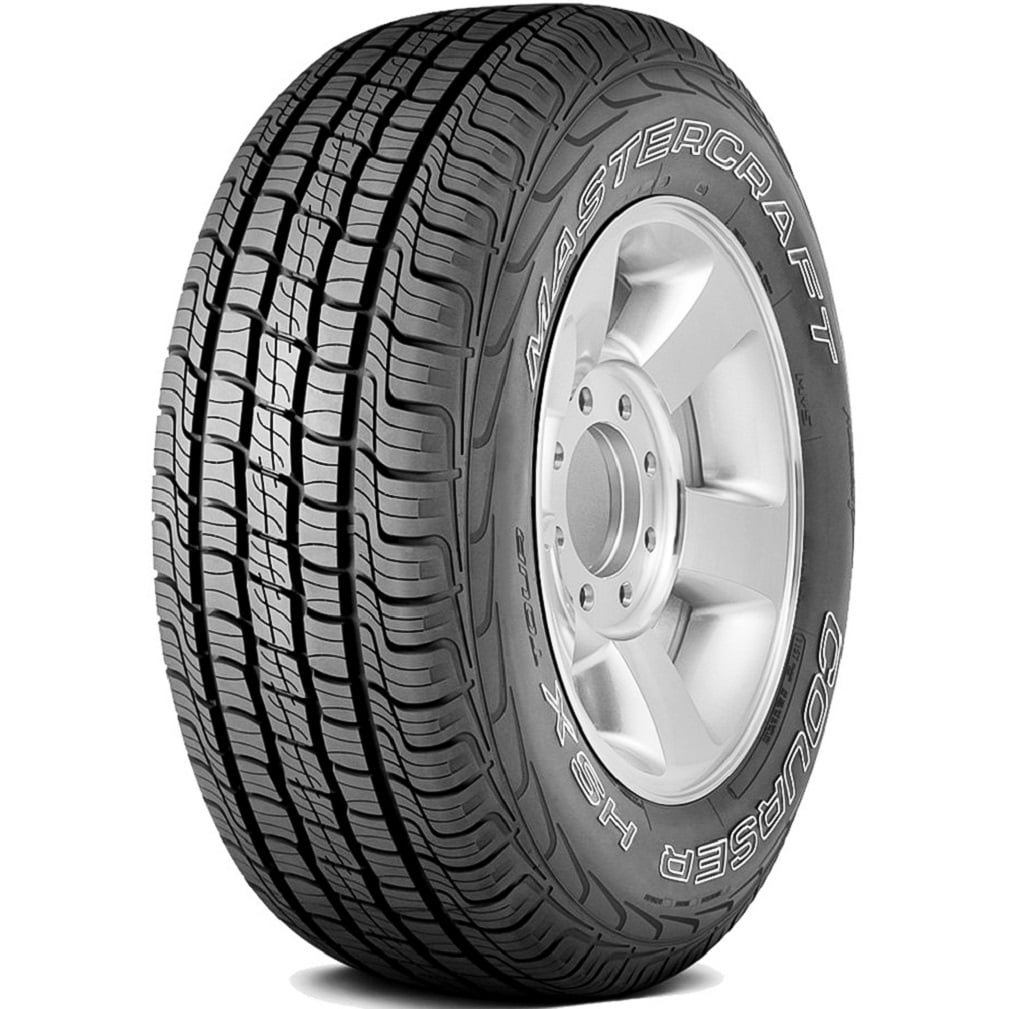
In other instances, the ECM looks for certain changes in other monitored systems as feedback. Granted, this is a bit simplistic. Oxygen sensors are an example of a sensor that provides direct feedback to the ECM. In many cases, there is also some kind of feedback strategy involved to let the computer know that the action it took was carried out. Low-side drivers complete the ground path of the circuit it is connected to while high-side drivers supply a power source to the circuit it operates. Once the ECM has the information it needs, it plugs that data into the parameters programmed into it and then carries out the tasks associated with those parameters. This is typically done by controlling the operation of numerous circuits (using low- or high-side drivers). Drivers are nothing more than a switch the ECM turns on or off. This information is supplied by a variety of sensors like the crank and cam sensors (for engine position), the MAF sensor (for the amount of air being taken in), and the various temperature sensors associated with the engine. Granted, there are several subsystems involved (like the ignition system, the fuel delivery system, the EVAP system, and others). But generically, the process the ECM follows is the same. First, it has to have the information it needs to carry out its programming. These are the instructions the engineers have given it so it can perform its primary function - maintain the vehicle’s emissions levels.

When something goes wrong, the ECM will hopefully record a diagnostic trouble code and turn on the check engine light. But the ECM (all by itself) can do nothing. The engine control module (ECM) is the computer that manages every system on the vehicle related to emissions. What does the ECM do, and how does it do it?

And when the next step tells you to replace the engine control module, there is always some hesitation, isn’t there? After all, a new ECM can cost a lot of money and you want to be sure that replacing it is going to resolve your customer’s concern.




 0 kommentar(er)
0 kommentar(er)
